How To Calculate The Snow Load Of A Flat Roof {2025}
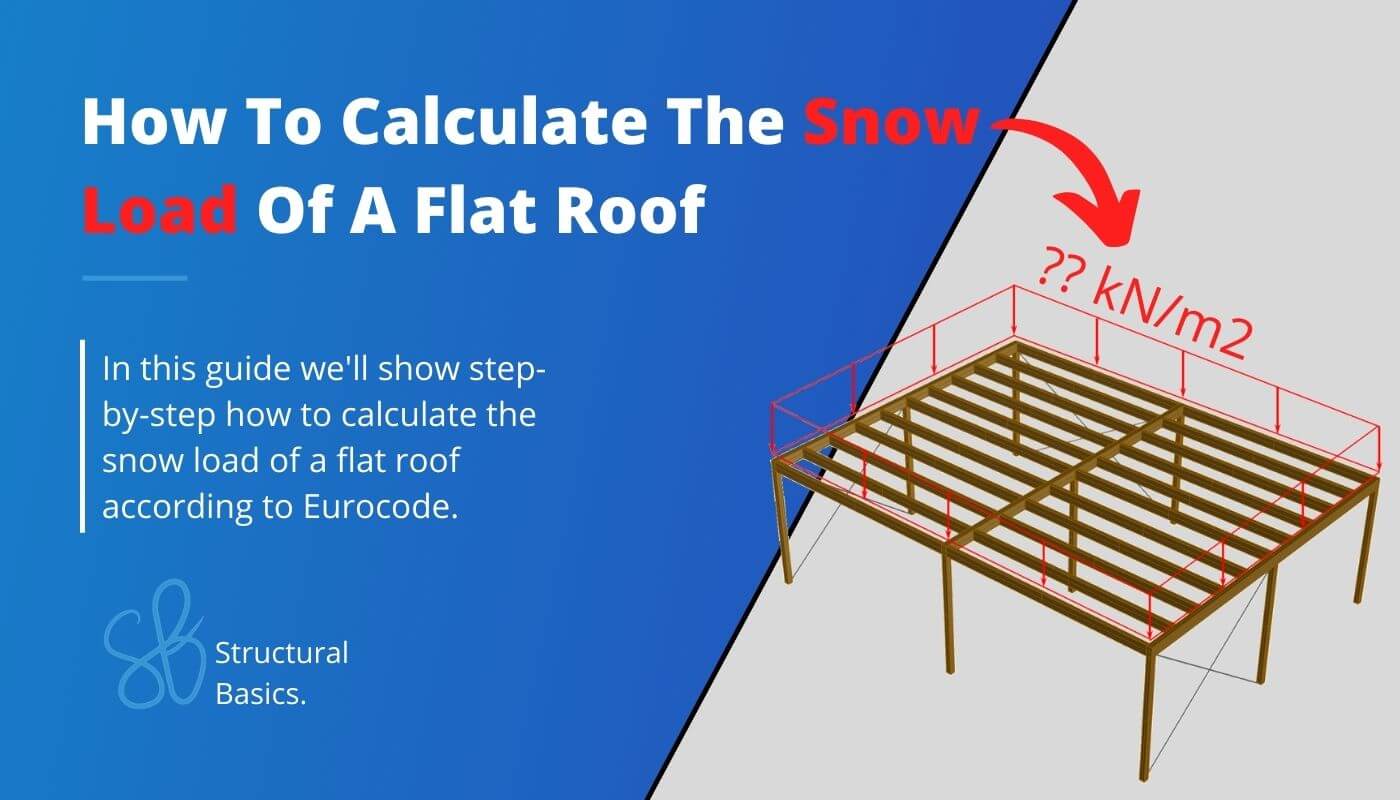
Are you building or designing a flat roof, and now you are wondering how to consider the snow load?
Understanding the snow load calculation is crucial to ensure the building structure doesn’t collapse.
In my job as a structural engineer, I’ve calculated the snow load of many roof structures. So in this post, I’ll show you step-by-step how to calculate the snow load of flat roofs according to Eurocode. 💡💡
You can also watch our video tutorial. 👇👁️
Alright, let’s get into it. 🚀🚀
Example Structure
We’ll calculate the snow load for the flat roof of the below canopy structure.
Examples always help understand the formulas better. 👍👍
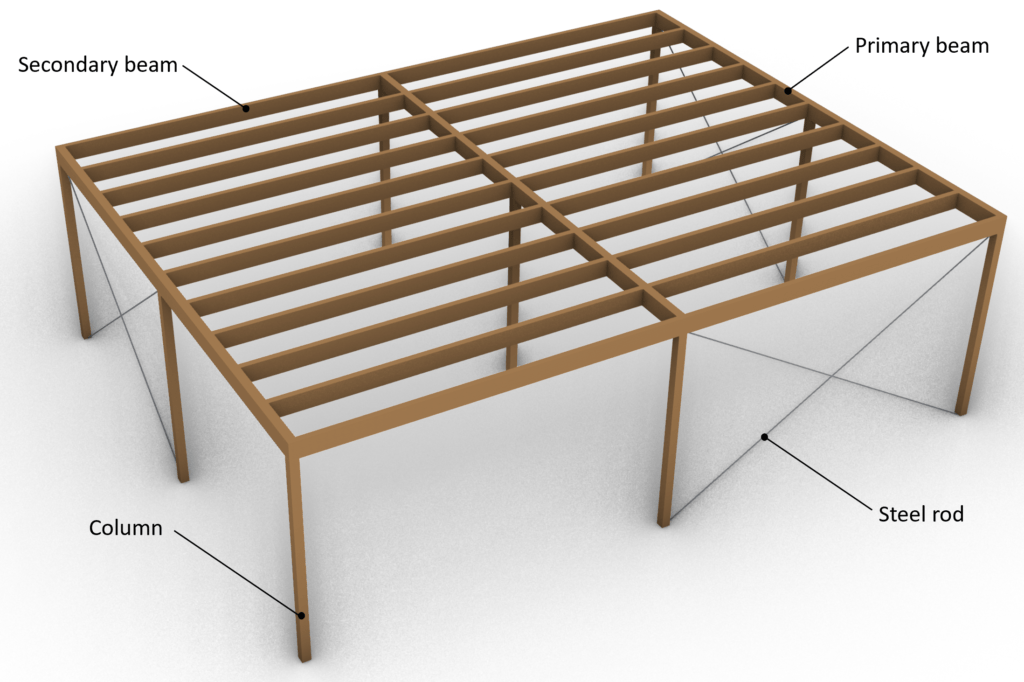
1. Snow Load on Roofs
For a persistent / tansient design situation EN 1991-1-3 (5.1) is used to calculate the characteristic snow load:
$$s = \mu_{i} \cdot C_{e} \cdot C_{t} \cdot s_{k}$$
Where
- $\mu_{i}$ = the snow load shape coefficient
- Ce = the exposure coefficient
- Ct = the thermal coefficient and
- sk = the characteristic snow load value on the ground
Let’s have a closer look how we get those parameters.
2. Snow Load Shape Coefficient
The flat roof we are looking at in this example counts as a monopitch roof and therefore the value for $\mu_{1}$ is given in EN 1991-1-3 Table 5.2. For $\alpha$ = 0 which means that the slope of the roof is 0 we get:
$$\mu_{1} = 0.8$$
3. Exposure Coefficient Ce
EN 1991-1-3 5.2 (7) recommends Ce to be taken as 1.0. However, this value depends on the topography of the location. EN 1991-1-3 Table 5.1 categorizes the topography in windswept, normal and sheltered with different values for Ce. In this blog post, we assume a normal topography for our design. Therefore
$$C_{e} = 1.0$$
❗
Please double-check with your National annex because the $C_e$ values can be specified there.
4. Thermal Coefficient Ct
EN 1991-1-3 5.2 (8) defines Ct as 1.0. However, this value can be reduced if the roof is covered by glass, which would lead to melting of the snow. In our case, we are not using any glass. Therefore:
$$C_{t} = 1.0$$
5. Characteristic Snow Load Value on the Ground sk
The characteristic snow load on the ground is found in the national annex of the country your roof is located in. However, there is a great online tool made by Dlubal Software GmbH which calculates the snow load according to location and national annex. Click on the link. Enter the location and the national annex.
If we do that for Copenhagen, Denmark, we get a value of
$$s_{k} = 1.0 \frac{kN}{m^2}$$
So now we finally have all 4 values required to calculate the characteristic snow load of a flat roof. The snow load for a flat roof located on Copenhagen, Denmark is calculated as
$$s = \mu_{i} \cdot C_{e} \cdot C_{t} \cdot s_{k} $$
$$s = 0.8 \cdot 1.0 \cdot 1.0 \cdot 1.0 \frac{kN}{m^2} = 0.8 \frac{kN}{m^2}$$
This load is now applied perpendicular to the roof surface. 👇👇
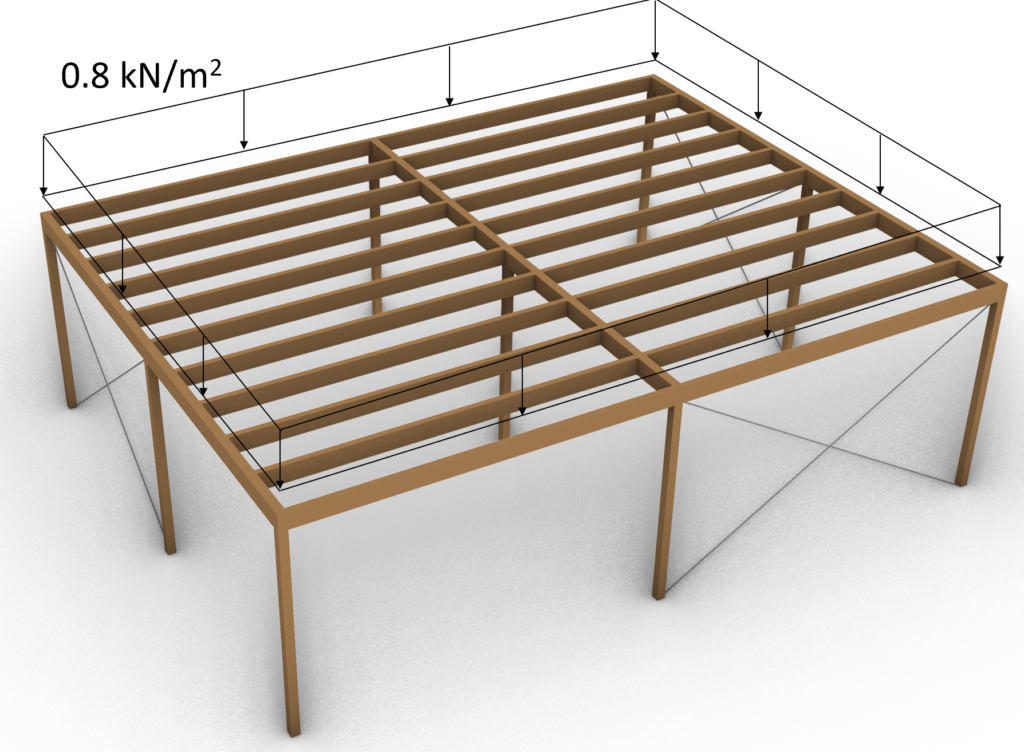
Conclusion
Now, that you got an overview of how to calculate the snow load for flat roofs, you can learn about the snow load for pitched roofs and other loads such as:
Because there are always multiple loads acting on structures. Considering these different loads in the structural design is done by setting up Load Combinations with safety factors.🦺
Once all load cases and combinations are set up, the structural elements can be designed. We have already written guides on how to design structural elements. Check it out!
I hope that this article helped you understand the snow load and how to go further from here. In case you still have questions.
Let us know in the comments below. ✍️✍️

Snow Load FAQ
The snow load can lead to significant forces and stresses of a building’s structure. If it’s not accounted for in the design, it can lead to structural failure or collapse.
Eurocode provides formulas and coefficients for calculating the snow load based on factors such as the location of the building, the type of roof, the slope of the roof and many more.
These formulas and coefficients can vary from country to country because every country has its own National Annex.
The shape and pitch of the roof can affect how snow accumulates on the surface. Eurocode provides different coefficients for different types of roofs (flat roofs, pitched roofs, arches, roofs with a parapet, etc.).

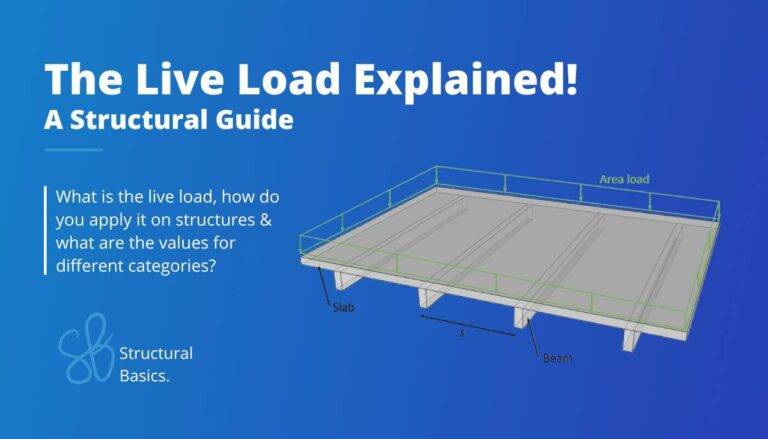
![Uniformly Distributed Load [All YOU Need To Know]](https://www.structuralbasics.com/wp-content/uploads/2023/04/Uniformly-distributed-loads-768x439.jpg)

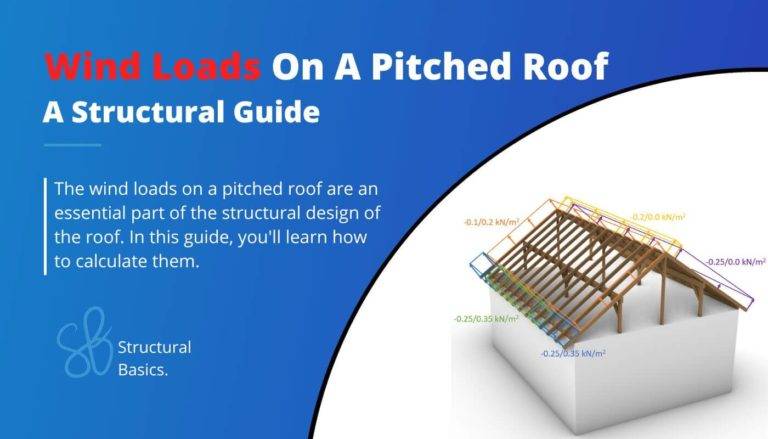
![Vertical Load Transfer In Structural Engineering [2025]](https://www.structuralbasics.com/wp-content/uploads/2024/09/Vertical-load-transfer-1-768x439.jpg)